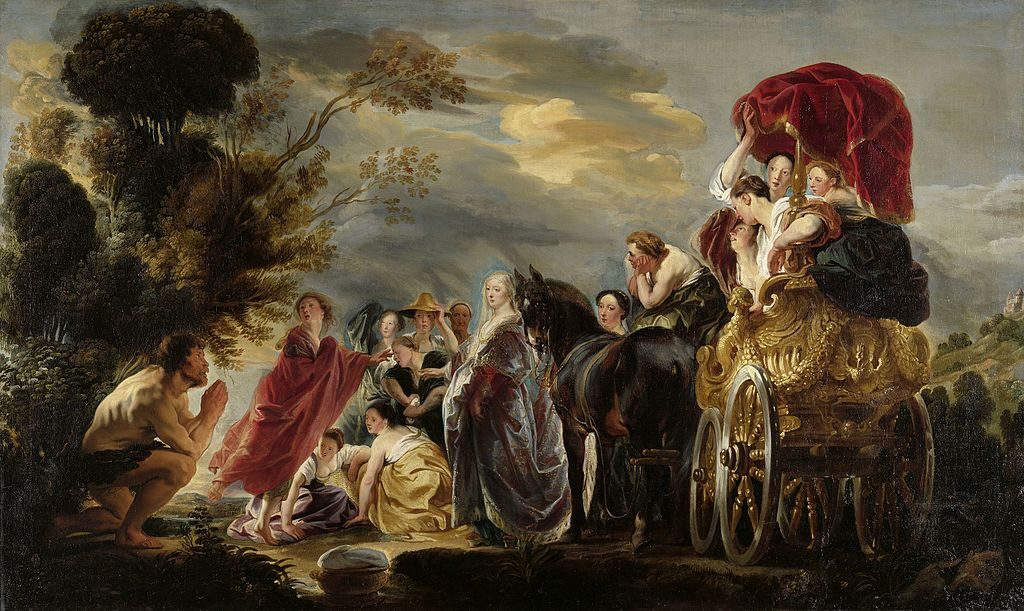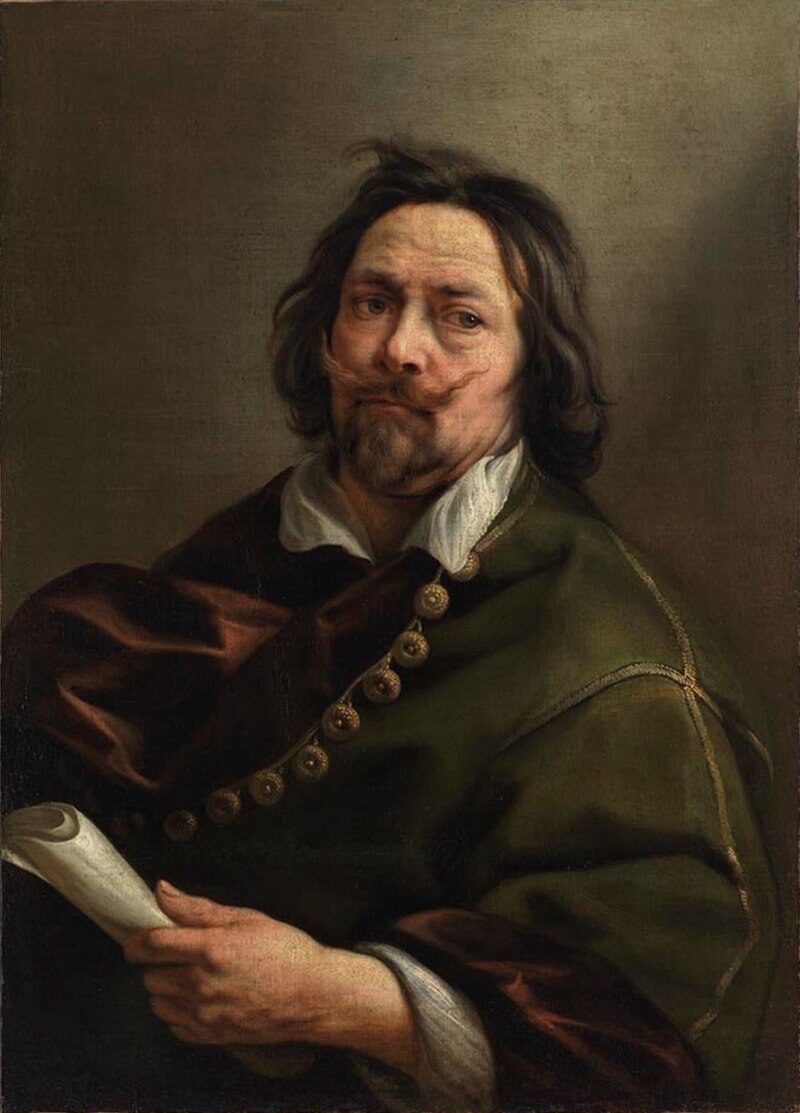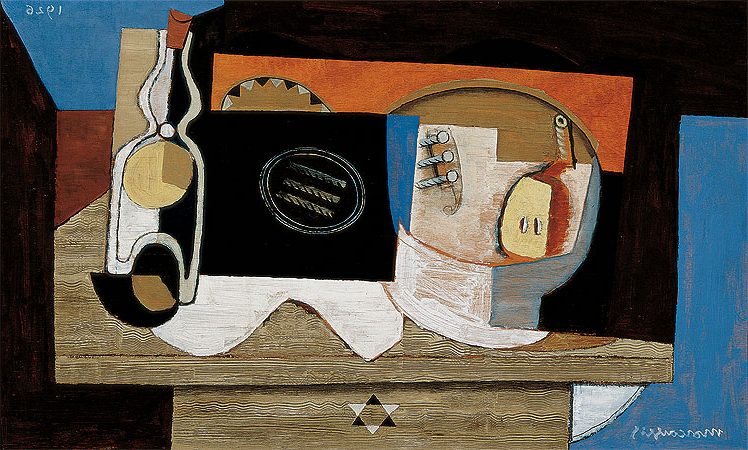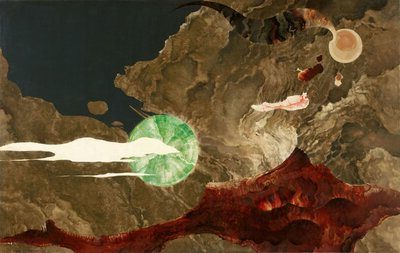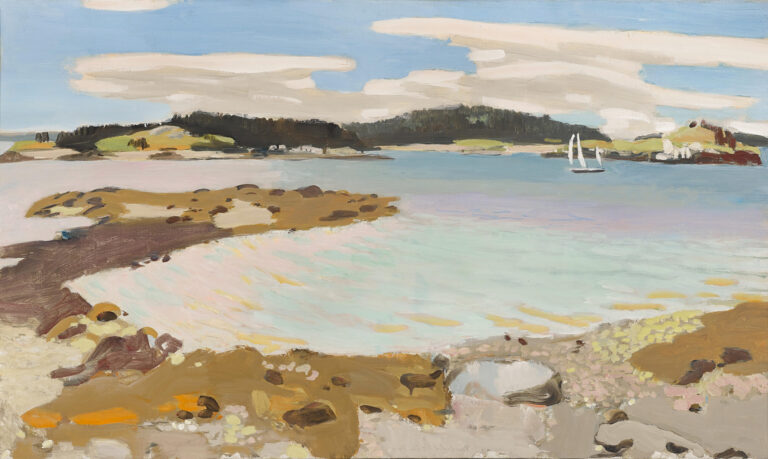Jacob Jordaens: Painter of Flemish Baroque Masterpieces
Born: 19 May 1593, Antwerp, Habsburg Netherlands
Death: 18 October 1678, Antwerp, Habsburg Netherlands
Art Movement: Flemish Baroque
Nationalité : Flamand
Teacher: Adam van Noort
Jacob Jordaens: Painter of Flemish Baroque Masterpieces
Life and Education of Jacob Jordaens
Jacob Jordaens was born into a merchant family in Antwerp. He became one of the most prominent Baroque flamand painters of the 17th century. His training and associations shaped his distinctive artistic style.
Petite enfance et formation
Jacob Jordaens was born on May 19, 1593, in Antwerp, Belgium. He was the first of eleven children in a wealthy linen merchant family. His father, Jacob Jordaens Sr., and mother, Barbara van Wolschaten, provided him with a comfortable upbringing.

Tribute of the Caliph Harun al-Rashid to Charlemagne (1650)
Unlike many artists of his time, Jordaens never traveled to Italy for artistic study. Instead, he received his training entirely in Antwerp. He studied under Adam van Noort, a respected painter in the city.
In 1616, Jordaens married his teacher’s daughter, strengthening his connection to the artistic community. That same year, he gained admission to the Guild of St. Luke, the painters’ guild in Antwerp, which officially established him as a master painter.
Influences et contemporains
Jordaens developed his career alongside two other Flemish Baroque masters: Peter Paul Rubens and Anthony van Dyck. Together, they formed the core of the Antwerp School of painting during the 17th century.
While Rubens became the court painter and traveled extensively, Jordaens remained in Antwerp throughout his life. This decision influenced his artistic development and style. He absorbed Rubens’ dramatic compositions and rich colors but developed his own more earthy and robust approach.
Unlike the aristocratic van Dyck, Jordaens maintained a more grounded style that often depicted everyday scenes with vibrant energy. His work showed influences from Caravaggio and the Venetian painters, particularly in his use of light and color.
Style artistique et contributions

As the Old Sang, So the Young Pipe (1650) by Jacob Jordaens
Jacob Jordaens developed a distinctive artistic approach that combined vibrant colors, crowded compositionset des représentations réalistes of everyday life. His style evolved throughout his career while maintaining core elements that made his work immediately recognizable in the Flemish Baroque tradition.
Développement d'un style unique
Jordaens crafted his artistic identity by blending influences from contemporaries with his own vision. Though he worked alongside Rubens, Jordaens established a more earthy, robust approach to painting. He employed warm palettes and mastered chiaroscuro techniques—the dramatic contrast between light and dark—similar to Caravaggio’s tenebrism.
Unlike many contemporaries, Jordaens never traveled to Italy for artistic training. This contributed to his distinctly Flemish sensibility and less idealized approach to subjects.
His compositions typically feature figures pushed toward the foreground, creating intimate, crowded scenes that draw viewers into the action. This compositional strategy became a hallmark of his work.
Principaux travaux et thèmes
Jordaens excelled in various genres, including religious paintings, mythological scenes, and particularly genre paintings of everyday life. “The King Drinks” stands as one of his most celebrated works, exemplifying his talent for capturing boisterous peasant celebrations with humor and vitality.

The King Drinks (1640–1645) by Jacob Jordaens
His genre scenes often featured common people engaged in feasting, drinking, and merrymaking. These works balanced realism with allegorical meanings, frequently incorporating moral messages.
Beyond oil paintings, Jordaens designed tapestries and wall coverings, beginning this work around 1616. His skill extended to portraits that captured subjects with psychological depth and technical precision.
Jordaens’ religious altarpieces demonstrated his ability to bring sacred narratives to life with emotional immediacy and rich visual detail.
Impact et héritage
Jacob Jordaens left an enduring mark on art history through his style distinctif et prolific output. His influence extended beyond his lifetime, shaping the development of Flemish Baroque art and inspiring generations of artists who followed.
Jordaens’ Influence on the Art World
Jacob Jordaens became one of the most significant Flemish Baroque painters, forming a triumvirate with Peter Paul Rubens and Anthony van Dyck. After Rubens’ death in 1640, Jordaens emerged as the leading painter in Antwerp.

Self-Portrait with the Family of His Father-in-Law Adam van Noort (1616)
His membership in St. Luke’s Guild, the painters’ guild of Antwerp, helped establish his professional reputation and influence. Jordaens’ work for the Spanish royal family, particularly Philip IV, spread his influence artistique throughout Europe.
Unlike Rubens, Jordaens rarely left Flanders, yet his distinctive style—characterized by vibrant colors, dynamic compositions, and earthy realism—influenced northern European art for generations.
Le sien maîtrise technique in various mediums, including oil paintings, tapestry designs, and watercolors, demonstrated versatility that inspired artists working across different art forms.
Questions fréquemment posées
Jacob Jordaens remains a fascinating figure in art history, with many aspects of his work and influence generating questions from art enthusiasts. His distinctive style, subjects, and place in Baroque art continue to intrigue those studying Flemish painting.
What are the most celebrated works of Jacob Jordaens?
Among Jordaens’ most celebrated works are “The Feast of the Bean King” (also known as “The King Drinks”), which he painted in several versions. This lively depiction of a festive gathering showcases his talent for capturing human expressions and domestic scenes.
“As the Old Sing, So the Young Pipe” is another renowned piece that demonstrates his skill in portraying Flemish proverbs and everyday life with vibrant energy.
His religious paintings, including “The Adoration of the Shepherds” and “The Holy Family,” highlight his mastery of biblical narratives with a distinctly Flemish character.
In what ways did Jacob Jordaens contribute to the Baroque art movement?
Jordaens contributed to the Baroque movement through his compositions dynamiques filled with movement and emotion. He embraced the Baroque emphasis on drama, rich colors, and strong contrasts of light and shadow.
As Antwerp’s leading figure painter after Rubens and Van Dyck, he helped maintain the city’s artistic prominence in northern Europe during the 17th century.
His integration of common people and everyday scenes into allegorical and mythological subjects brought a distinctly Flemish sensibility to the Baroque tradition.
Can you describe the stylistic characteristics typical of Jordaens’ paintings?
Jordaens’ style features robust, earthy figures with expressive faces and gestures. His color palette is rich and warm, with strong contrasts that create visual drama.
His compositions often appear crowded with figures, creating a sense of energy and movement characteristic of Baroque art. This density reflects his interest in human interaction and group dynamics.
Unlike the refined elegance of some contemporaries, Jordaens embraced a more robust, sometimes even rustic approach to his subjects, giving his work a distinctive vitality.
How did Jacob Jordaens’ approach to painting differ from his contemporaries, like Rubens and Van Dyck?
While Rubens created grand, idealized scenes and Van Dyck specialized in elegant portraiture, Jordaens focused more on earthier, sometimes humorous depictions of life. His figures tend to be more robustly built and less idealized than those of his contemporaries.
Jordaens rarely traveled abroad, unlike Rubens and Van Dyck, which resulted in a more distinctly Flemish character to his work. He absorbed foreign influences primarily through prints and the art he saw in Antwerp.
His approach often included a stronger focus on domestic scenes and ordinary people, bringing a different perspective to Baroque painting in Flanders.
What is the historical significance of Jordaens’ depiction of everyday life and mythological themes?
Jordaens’ depictions of everyday life provide valuable historical insights into 17th-century Flemish culture, customs, and social gatherings. His work serves as a visual document of the period’s domestic life.
In his mythological works, Jordaens successfully merged classical themes with Flemish sensibilities, making ancient stories accessible to contemporary audiences through familiar settings and figure types.
These paintings reflect the cultural values of his time while demonstrating how classical traditions were reinterpreted through a northern European lens.
What influence did Jordaens’ upbringing in Antwerp have on his artistic development?
Growing up in Antwerp, one of Europe’s major artistic centers, exposed Jordaens to diverse artistic influences and a rich tradition of Flemish painting.
The city’s commercial importance brought art from across Europe to its markets and collections.
Jordaens trained under Adam van Noort and absorbed the artistic approaches prevalent in Antwerp’s studios, including the coloristic traditions of Flemish painting.
His lifelong connection to Antwerp meant his work remained deeply rooted in local traditions, subjects, and sensibilities.

